Science and Technology: February 2025 UPSC Current Affairs | Science & Technology for UPSC CSE PDF Download
| Table of contents |

|
| Einstein Ring |

|
| Bombay Blood Group |

|
| Antibiotics Resistance |

|
| Asteroid 2024 YR4 |

|
| India’s Nuclear Programme |

|
| In-Vitro Gametogenesis (IVG) |

|
Einstein Ring
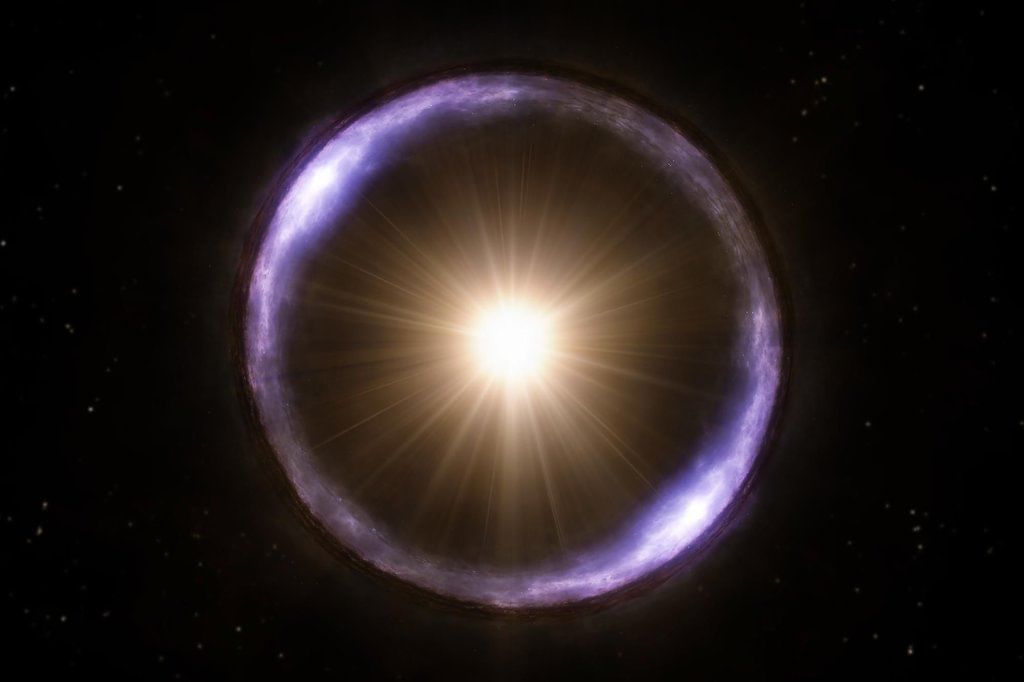
Why in News?
The European Space Agency's (ESA) Euclid space telescope has made a remarkable discovery of a rare Einstein ring surrounding the galaxy NGC 6505, which is located approximately 590 million light-years from Earth.
Key Takeaways
- An Einstein ring is a phenomenon where a ring of light is observed around a celestial object, such as dark matter, a galaxy, or a galaxy cluster.
- This optical illusion occurs when the observer (the Euclid telescope), the lensing object, and the background galaxy are nearly perfectly aligned.
Additional Details
- Gravitational Lensing: This phenomenon occurs when a massive celestial body, like a galaxy, creates a gravitational field that bends and amplifies the light from a more distant object behind it. This bending of light results in a complete ring around the foreground object, known as an Einstein ring.
- The object causing the light bending is referred to as a gravitational lens.
- First identified in 1987, Einstein rings are extremely rare, occurring in less than 1% of galaxies.
- The Einstein ring observed around NGC 6505 is formed by light from an unnamed galaxy located 4.42 billion light-years away, distorted by the gravitational influence of NGC 6505, resulting in a striking ring-like appearance.
- The term "Einstein ring" derives from Albert Einstein's General Theory of Relativity, which predicted that light could bend and brighten due to the gravitational pull of massive objects, effectively warping space-time.
- Einstein rings are not visible to the naked eye and can only be observed using powerful space telescopes.
- They serve as valuable tools in astrophysics, providing a unique way to study the Universe. They act as natural magnifying glasses, revealing details of distant galaxies that would otherwise remain invisible, and aiding in the investigation of dark energy, which is responsible for the accelerating expansion of the Universe.
In conclusion, the discovery of the Einstein ring around NGC 6505 not only highlights the capabilities of modern telescopes but also enhances our understanding of cosmic phenomena and the structure of the Universe.
Bombay Blood Group

Why in News?
Recently, a significant medical achievement was reported involving a 30-year-old woman who successfully underwent a kidney transplant in India. This patient has the extremely rare ‘Bombay’ (hh) blood group, highlighting the complexities of medical procedures involving rare blood types.
Key Takeaways
- The Bombay blood group, also known as HH, was first identified in Mumbai in 1952 by Y.M. Bhende.
- This blood group is distinguished by the absence of the H antigen, which is crucial for forming A and B antigens.
- Individuals with this blood group can only receive blood from other Bombay blood group donors, making blood transfusions and organ transplants particularly challenging.
- The prevalence of the Bombay blood group is approximately 0.0004% of the global population.
Additional Details
- Why is it Rare? The rarity of the Bombay blood group stems from a mutation or absence of the gene responsible for producing the H antigen. Consequently, individuals with this blood type do not have the A or B antigens, making them incompatible with standard blood types, including O-negative.
- The incidence of the Bombay blood group varies geographically, being one in four million globally, one in a million in Europe, and one in 10,000 in Mumbai.
In conclusion, the existence of the Bombay blood group poses unique challenges in medical scenarios, especially concerning blood transfusions and organ transplants. Awareness and understanding of this blood type are crucial for ensuring better healthcare outcomes for affected individuals.
Antibiotics Resistance
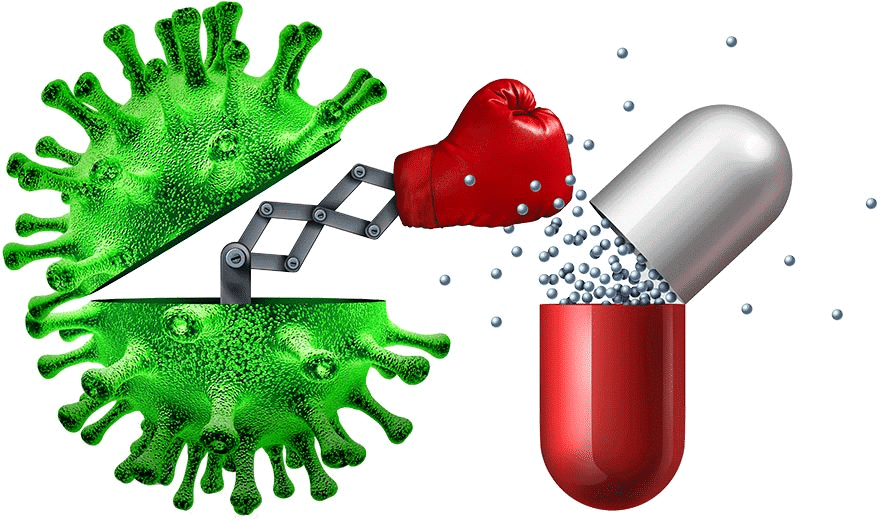
Why in News?
The growing use of antibiotics in healthcare settings has significantly contributed to the emergence of drug-resistant bacteria. In 2021, antimicrobial resistance (AMR) was responsible for approximately 1.2 million deaths worldwide. Reports from Indian hospitals indicate a concerning 13% mortality rate associated with infections caused by these drug-resistant organisms.
Key Takeaways
- Widespread antibiotic usage is leading to increased rates of drug resistance.
- AMR poses a serious health threat, causing millions of deaths globally.
Additional Details
- About Antibiotics: Antibiotics are medications designed to treat bacterial infections in both humans and animals. They work by either killing bacteria or inhibiting their growth and reproduction with minimal effects on human cells.
- Mechanism of Action: Antibiotics target specific bacterial structures or processes. For example, bacterial cells possess a protective cell wall made of peptidoglycan, which is essential for their survival. Antibiotics like Penicillin weaken these cell walls by disrupting peptide crosslinks, ultimately leading to bacterial death.
- Development of Antibiotic Resistance:Antibiotic resistance arises when bacteria undergo mutations or acquire resistance genes, making infections increasingly difficult to treat. They can evolve resistance through various mechanisms such as:
- Producing enzymes, like penicillinase, that break down antibiotic molecules.
- Altering their structural components to evade the effects of antibiotics.
- New Survival Strategy: Recent studies have shown that bacteria can adapt by compensating for lost functions, which enhances their resilience and makes combating antibiotic resistance even more challenging.
In conclusion, the rise of antibiotic resistance is a critical global health issue that requires urgent attention. Understanding the mechanisms behind resistance and the impact of antibiotic usage is vital for developing effective strategies to combat this growing threat.
Asteroid 2024 YR4
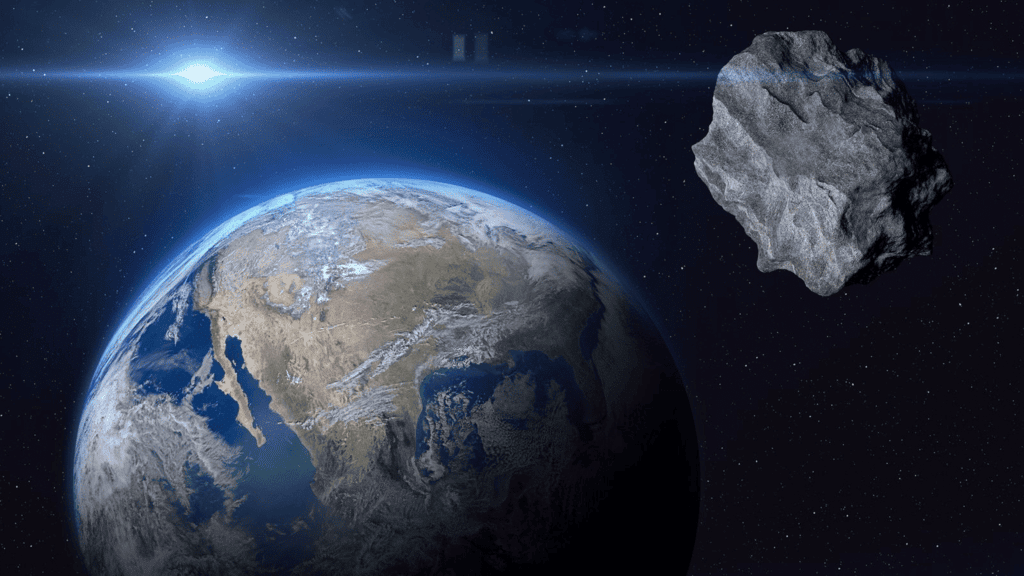
Why in News?
The National Aeronautics and Space Administration (NASA) has recently identified a near-Earth asteroid known as 2024 YR4, which poses a slightly over 1% chance of impacting Earth in 2032.
Key Takeaways
- The asteroid was detected in December 2024.
- It passed at a distance of 800,000 km from Earth, which is twice the distance to the Moon.
- 2024 YR4 remained observable until April 2025 and is expected to reappear in 2028.
- NASA has classified it as Level 3 on the Torino Scale, indicating potential for localized destruction if it impacts Earth.
- In the event of impact, it could release between 8 to 10 megatons of energy, significantly more than the 2013 Chelyabinsk meteor.
Additional Details
- What are Asteroids? Asteroids are rocky, airless remnants from the solar system's formation approximately 4.6 billion years ago, predominantly orbiting the Sun in the Asteroid Belt, with some having Earth-crossing paths.
- Categorization:
- Main Asteroid Belt: Located between Mars and Jupiter, this region has the majority of known asteroids.
- Trojans: Asteroids that share an orbit with a larger planet, residing near Lagrangian points (L4 and L5), where gravitational forces balance.
- Near-Earth Asteroids (NEAs): These asteroids have orbits that bring them close to Earth, with those that intersect Earth's orbit specifically termed Earth-crossers.
- Asteroid Collision Frequency:
- Small asteroids frequently burn up in the atmosphere, while larger ones occasionally reach the surface but rarely cause significant damage.
- Global-scale impacts, such as the Chicxulub event that led to the extinction of dinosaurs, occur approximately once every 260 million years.
- Planetary Defense: NASA and other space agencies are actively developing planetary defense strategies to prevent asteroid collisions. For instance, NASA's DART mission in 2022 successfully altered the trajectory of asteroid Dimorphous, demonstrating the potential for deflection strategies to mitigate future threats.
In conclusion, the identification and monitoring of asteroids like 2024 YR4 are crucial in assessing potential risks to Earth and advancing our planetary defense capabilities.
India’s Nuclear Programme
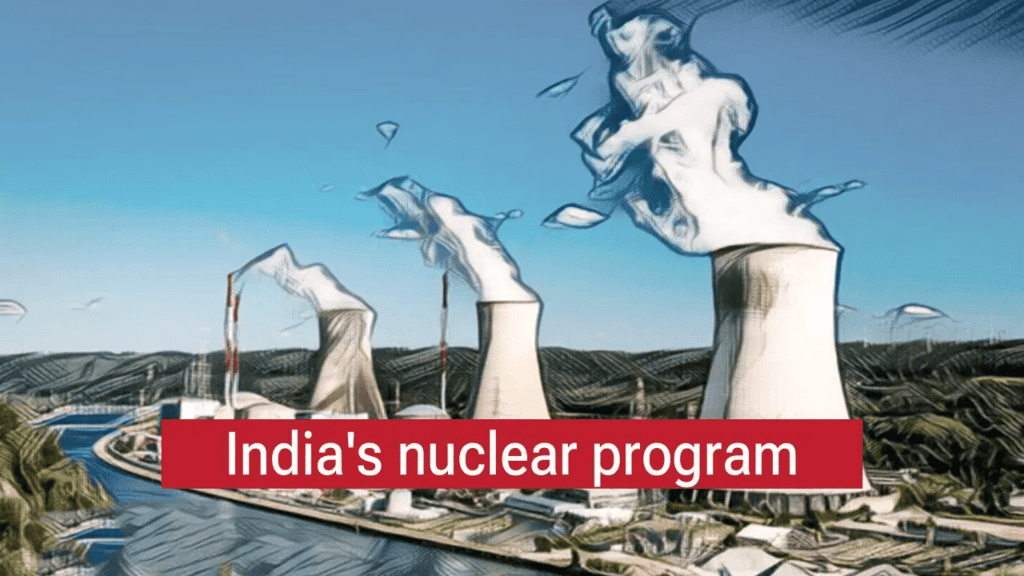
Why in News?
The recent passing of the eminent physicist Dr. Rajagopala Chidambaram, who served as the former Chairman of the Atomic Energy Commission (AEC) and was a key architect of India’s nuclear programme, has brought attention to the nation's nuclear initiatives.
Key Takeaways
- India's Nuclear Power Programme aims for sustainable energy production.
- The programme is structured in three stages, focusing on efficient resource utilization.
- Dr. Homi Bhabha was instrumental in formulating this nuclear initiative.
Additional Details
- Three-Stage Nuclear Power Programme: This initiative is designed to optimize India’s nuclear resources while ensuring long-term energy security. It aims to utilize limited uranium resources and maximize the potential of thorium, which is more abundant in India.
- Stage 1: Focuses on generating electricity and producing plutonium-239 (Pu-239) as a byproduct using Uranium (U-238) as fuel and Heavy Water (D2O) as a moderator. India has constructed 18 Pressurized Heavy Water Reactors (PHWRs) as part of this foundational stage.
- Stage 2: Introduces Fast Breeder Reactors (FBRs) that generate more fissile material than they consume. This stage converts fertile uranium-238 into Mixed Oxide of Plutonium-239 and Uranium-238, enhancing the efficiency of the nuclear fuel cycle. The Prototype FBR at Kalpakkam, Tamil Nadu, is a notable development in this phase.
- Stage 3: Involves Thorium Reactors that utilize Thorium-232 to produce Uranium-233, a fissile material. This approach leverages India's abundant thorium reserves for a sustainable energy future. Research is ongoing with the development of the Advanced Heavy Water Reactor (AHWR) as part of this stage.
In conclusion, India’s Nuclear Programme is a vital component of the nation’s strategy for sustainable energy production and security, reflecting its commitment to utilizing its natural resources effectively.
In-Vitro Gametogenesis (IVG)

Why in News?
Researchers have developed In-Vitro Gametogenesis (IVG) that enables lab-based reproduction from stem cells that has many benefits compared to In-Vitro Fertilization (IVF).
What is In-Vitro Gametogenesis (IVG)?
- About: IVG is a new reproductive technology that creates eggs and sperm from stem cells collected from skin, hair, or blood.
- These lab-grown gametes can be fertilized to create an embryo, which is implanted into a surrogate to carry the pregnancy.
- Scientific Breakthroughs: Scientists in Japan successfully produced mice using IVG, while the UK researchers expect human trials within three years.
- It could allow same-sex couples, older individuals, and infertile people to have biological children without the need of a donor as in case of IVF.
Significance for India: Due to several socio-biological factors IVG can be helpful in case of India like:
- Indian women’s reproductive age (ovarian function) is declining six years earlier than Western women.
- Men's sperm count has declined over 50 years and may reach minimal levels in four decades.
- India's population has fallen below the 2.1 replacement level, risking an aging crisis.
Difference Between IVG and In-Vitro Fertilisation (IVF):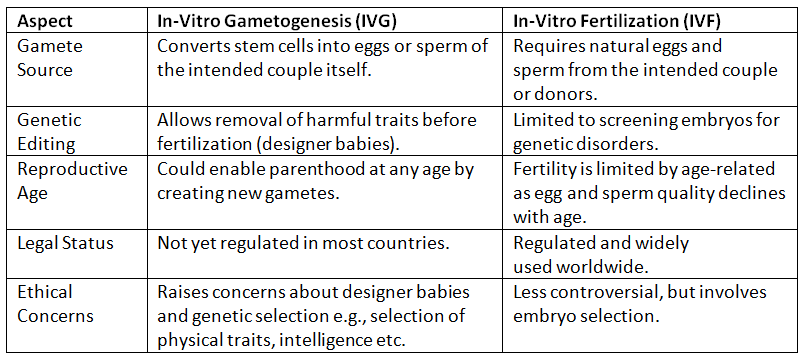
|
90 videos|488 docs|209 tests
|















